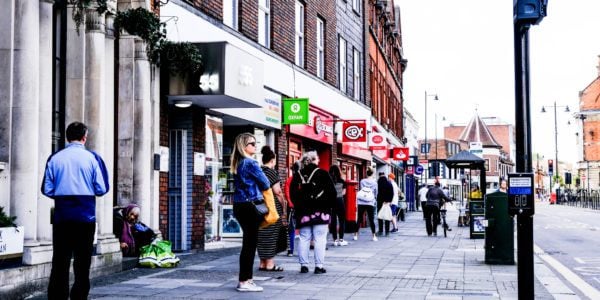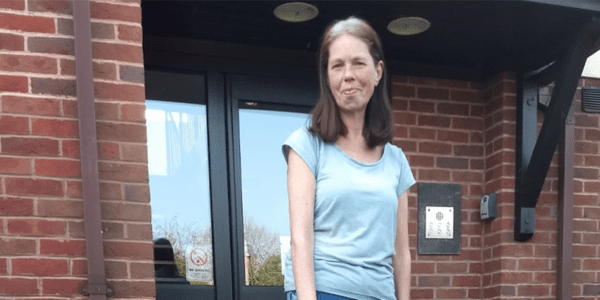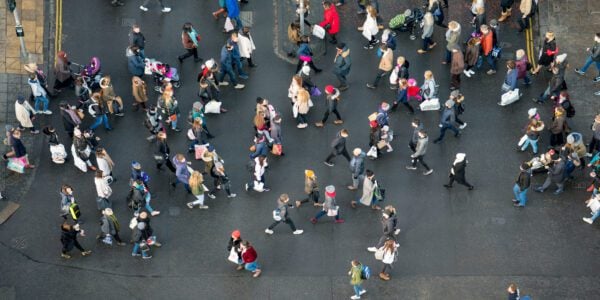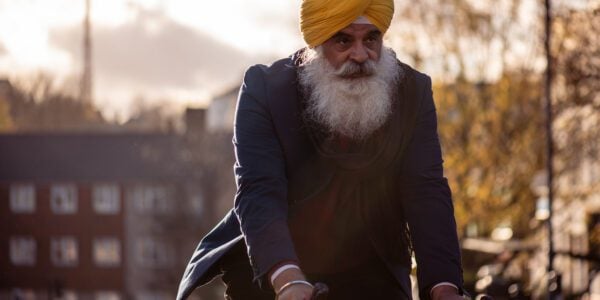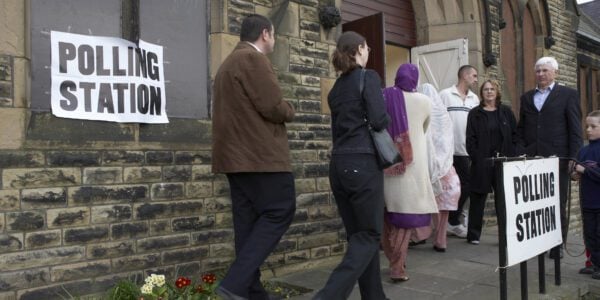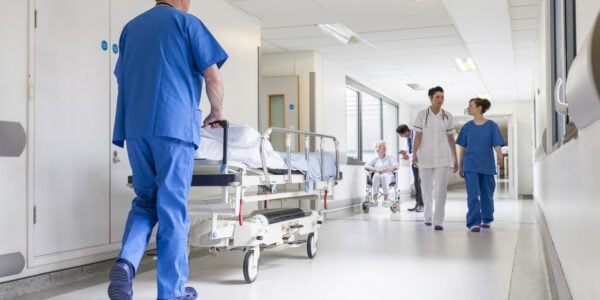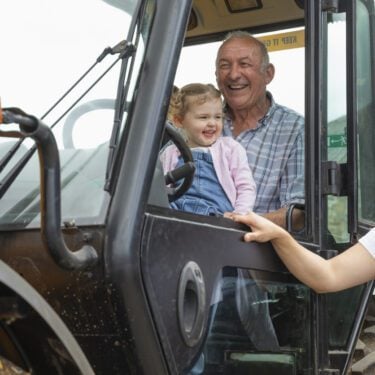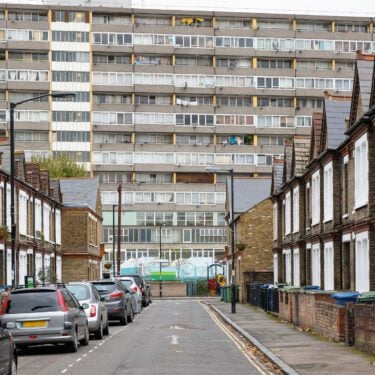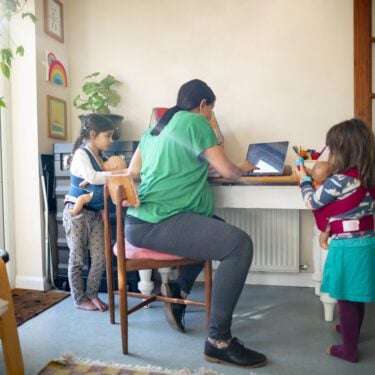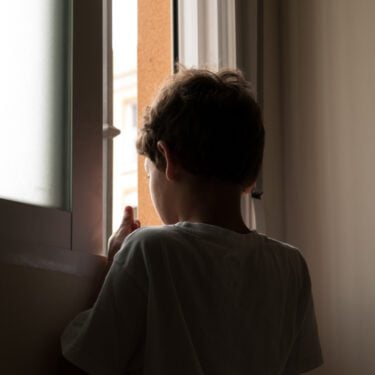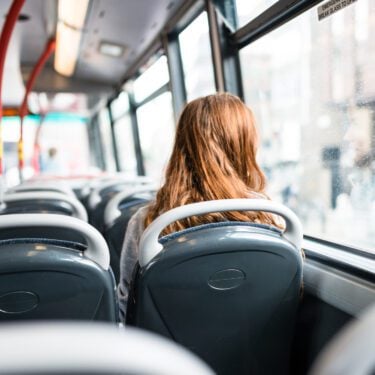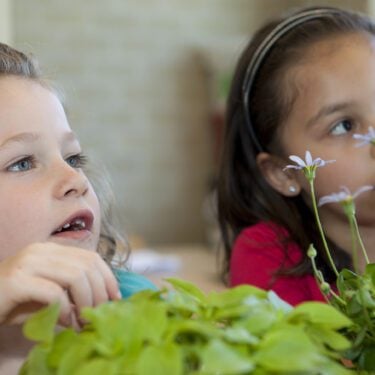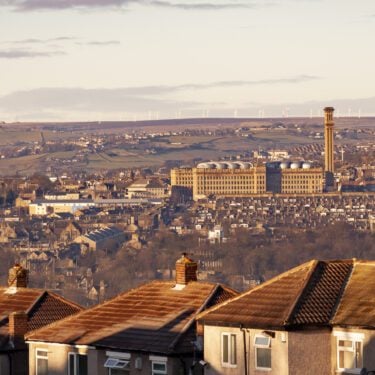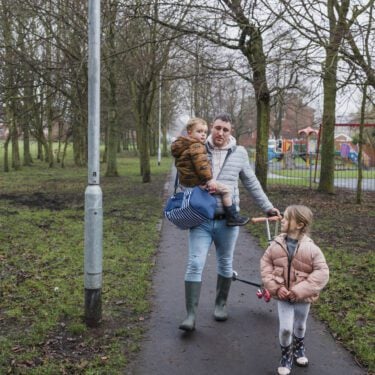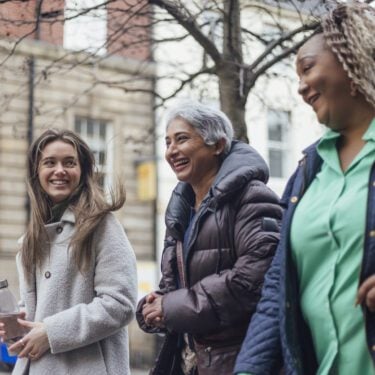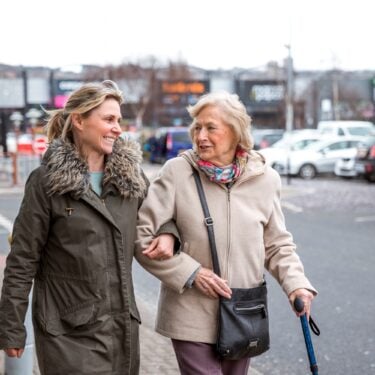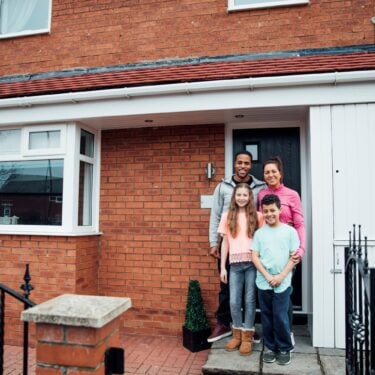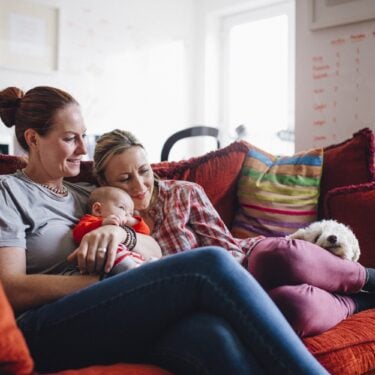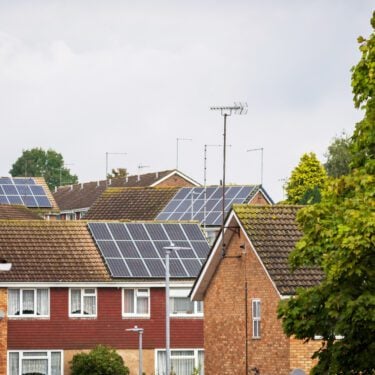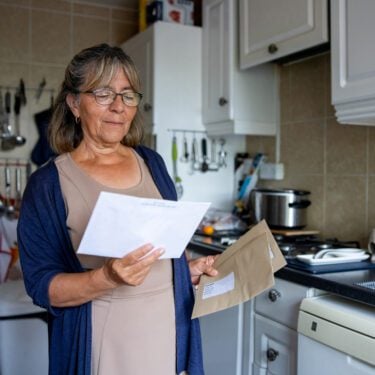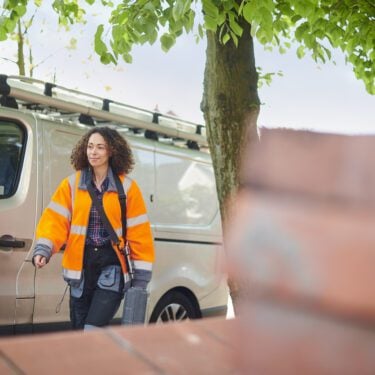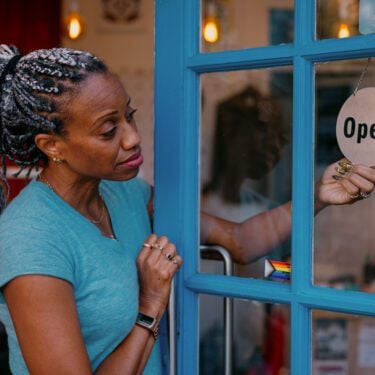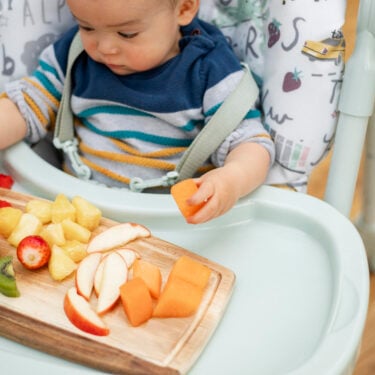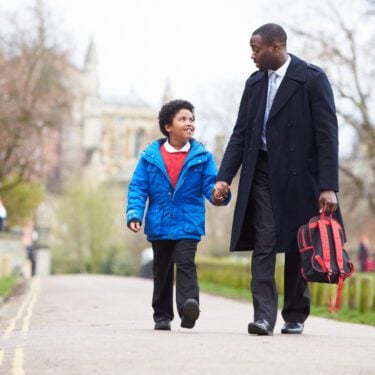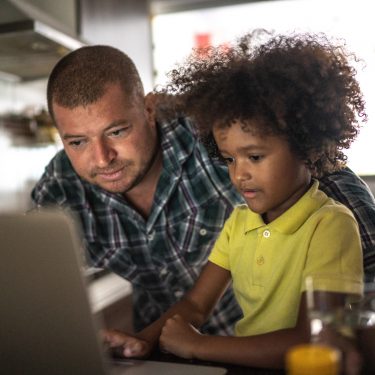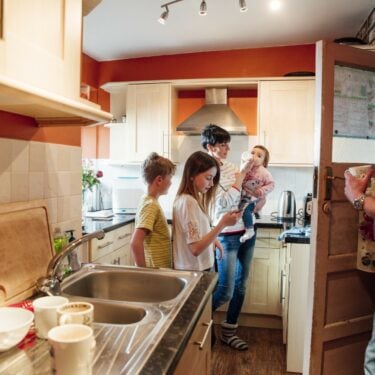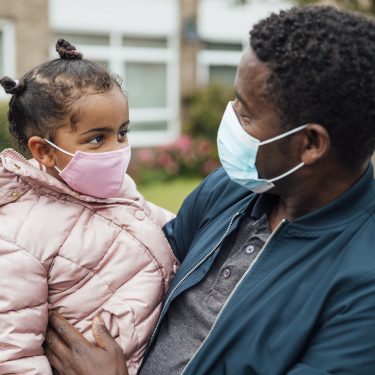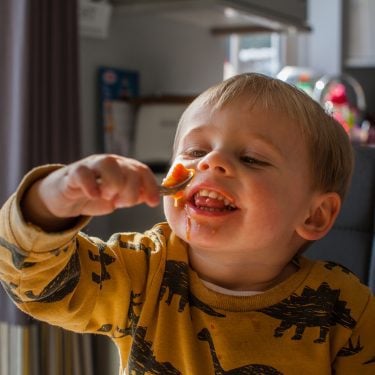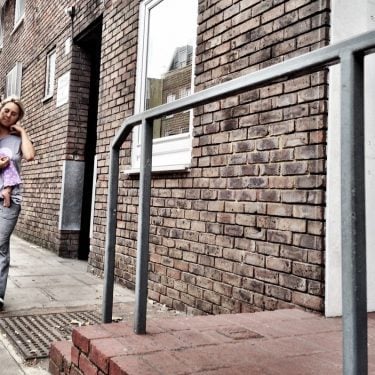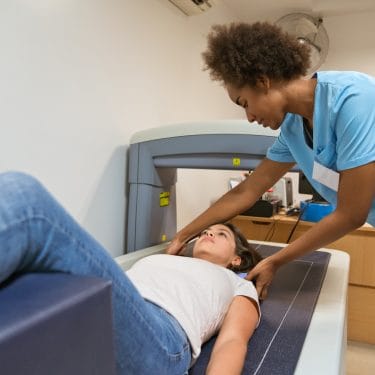Ahead of the Autumn Budget, the IFS have published their Nuffield-funded Green Budget – a comprehensive and independent assessment of the state of the public finances and the key economic questions facing the government.
Government borrowing is set to be over £50 billion next year, more than double what the OBR forecast in March. This results mainly from a combination of spending increases, an improvement to the accounting treatment of student loans, and a weakening economy. Borrowing of this level would breach the 2% of national income ceiling imposed by the Government’s own fiscal mandate, and with which the Chancellor has said he is complying.
Even a benign no deal Brexit would likely lead to borrowing of around £100 billion, or 4% of national income. Under such a scenario a temporary fiscal giveaway could help to smooth the path of growth. It would also add to government debt which would be on course to breach the Government’s sustainable debt rule, Debt would climb above 90% of national income for the first time since the mid-1960s.
In those circumstances, next year’s mini-boom in public spending would likely be followed by another bust as the government struggled to deal with the consequences of a smaller economy for funding public services.
The government is in practice operating with no effective fiscal rules at present. It has– and probably rightly – abandoned its manifesto commitment to get to budget balance in the mid-2020s. Give the massive uncertainty over the direction of the economy and public finances, it is hard to conceive of a useful set of fiscal rules in the short term. A commitment not to legislate further permanent net tax cuts or day-to-day spending increases, might for now be the best way to manage that uncertainty as the Treasury prepares for this year’s Budget and next year’s Spending Review. This is not the time to be implementing substantial and permanent net tax cuts.
On public spending, the IFS finds:
Day-to-day spending on public services is due to rise by 4.4% between this year and next – the biggest year-on-year rise since 2009–10. This will at least pause, but certainly will not undo across the board, the cuts seen over the current decade. Day-to-day spending on public services outside of the Department of Health and Social Care (DHSC) next year will in real terms still be 16% below 2010–11 levels.
Even so, total public spending will be at the same level, as a share of national income, as it was in 2006–07. But the shape of the state has changed, with less spending on public services outside of health, and more on health, pensions and overseas aid. Day-to-day spending by DHSC will account for 42% of total day-to-day spending on public services by central government next year, up from 33% in 2010–11 and 26% in 1999–2000.
This illustrates a longer-term challenge not being addressed by either the government or the opposition. Ageing and other pressures on health, pensions and social care spending, if accommodated, must at some point mean higher taxes or continued cuts to other areas of public spending – the only question is how well in advance we choose to plan and act.
The latest plans are for day-to-day spending on public services next year to be close to the levels implied by Labour’s 2017 manifesto (and far above that implied by the last Conservative manifesto). Decisions announced by the Conservatives since 2017 mean that spending on the NHS will be far higher than Labour promised back then, and spending on police somewhat higher. The Conservatives have also broadly matched Labour’s promise on schools funding. Labour’s stated priorities were instead to get rid of university tuition fees and expand free provision of childcare, and the government is yet to mimic those policies. Labour also proposed a big boost to investment spending.
Paul Johnson, IFS Director and an editor of the Green Budget, said:
“Things have changed remarkably quickly in public finance land. Not only is every spending department about to see a budget increase, we have a Conservative government set to increase day-to-day spending on public services to a level far closer to what Labour promised in its 2017 manifesto than to what was implied by the Conservative manifesto. And just since March, we have moved from a position where there looked to be plenty of headroom against next year’s borrowing target to one where that target is now on course to be missed.
“The government is now adrift without any effective fiscal anchor. Given the extraordinary level of uncertainty and risks facing the economy and public finances, it should not be looking to offer further permanent overall tax giveaways in any forthcoming Budget. In the case of a no-deal Brexit, though, it should be implementing carefully targeted and temporary tax cuts and spending increases where it can effectively support the economy. It will be crucial that these programmes are temporary: an economy that turns out smaller than expected can, in the long run, support less public spending than expected, not more.”
The Green Budget shows the remarkable pace of change in the public finances and demonstrates how vital it is that we have independent scrutiny of government, particularly at a time of such great uncertainty. People should have access to independent and accessible information they can trust about decisions that will directly affect their day-to-day lives, and that is what the IFS provides.”Tim Gardam, CEO of the Nuffield Foundation

